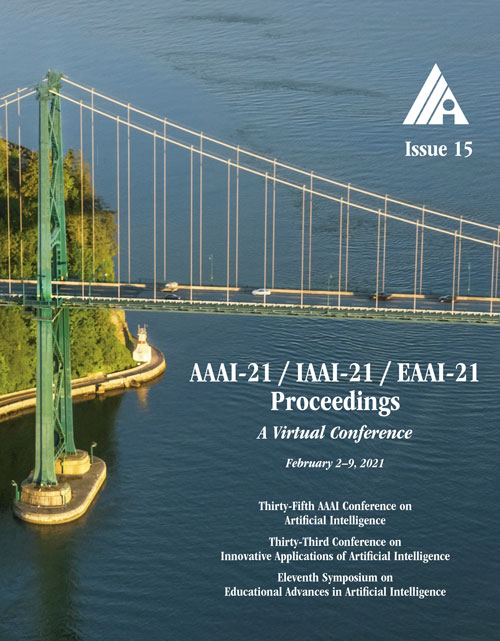Ideography Leads Us to the Field of Cognition: A Radical-Guided Associative Model for Chinese Text Classification
DOI:
https://doi.org/10.1609/aaai.v35i15.17637Keywords:
Text Classification & Sentiment AnalysisAbstract
Cognitive psychology research shows that humans have the instinct for abstract thinking, where association plays an essential role in language comprehension. Especially for Chinese, its ideographic writing system allows radicals to trigger semantic association without the need of phonetics. In fact, subconsciously using the associative information guided by radicals is a key for readers to ensure the robustness of semantic understanding. Fortunately, many basic and extended concepts related to radicals are systematically included in Chinese language dictionaries, which leaves a handy but unexplored way for improving Chinese text representation and classification. To this end, we draw inspirations from cognitive principles between ideography and human associative behavior to propose a novel Radical-guided Associative Model (RAM) for Chinese text classification. RAM comprises two coupled spaces, namely Literal Space and Associative Space, which imitates the real process in people's mind when understanding a Chinese text. To be specific, we first devise a serialized modeling structure in Literal Space to thoroughly capture the sequential information of Chinese text. Then, based on the authoritative information provided by Chinese language dictionaries, we design an association module and put forward a strategy called Radical-Word Association to use ideographic radicals as the medium to associate prior concept words in Associative Space. Afterwards, we design an attention module to imitate people's matching and decision between Literal Space and Associative Space, which can balance the importance of each associative words under specific contexts. Finally, extensive experiments on two real-world datasets prove the effectiveness and rationality of RAM, with good cognitive insights for future language modeling.Downloads
Published
2021-05-18
How to Cite
Tao, H., Tong, S., Zhang, K., Xu, T., Liu, Q., Chen, E., & Hou, M. (2021). Ideography Leads Us to the Field of Cognition: A Radical-Guided Associative Model for Chinese Text Classification. Proceedings of the AAAI Conference on Artificial Intelligence, 35(15), 13898-13906. https://doi.org/10.1609/aaai.v35i15.17637
Issue
Section
AAAI Technical Track on Speech and Natural Language Processing II

